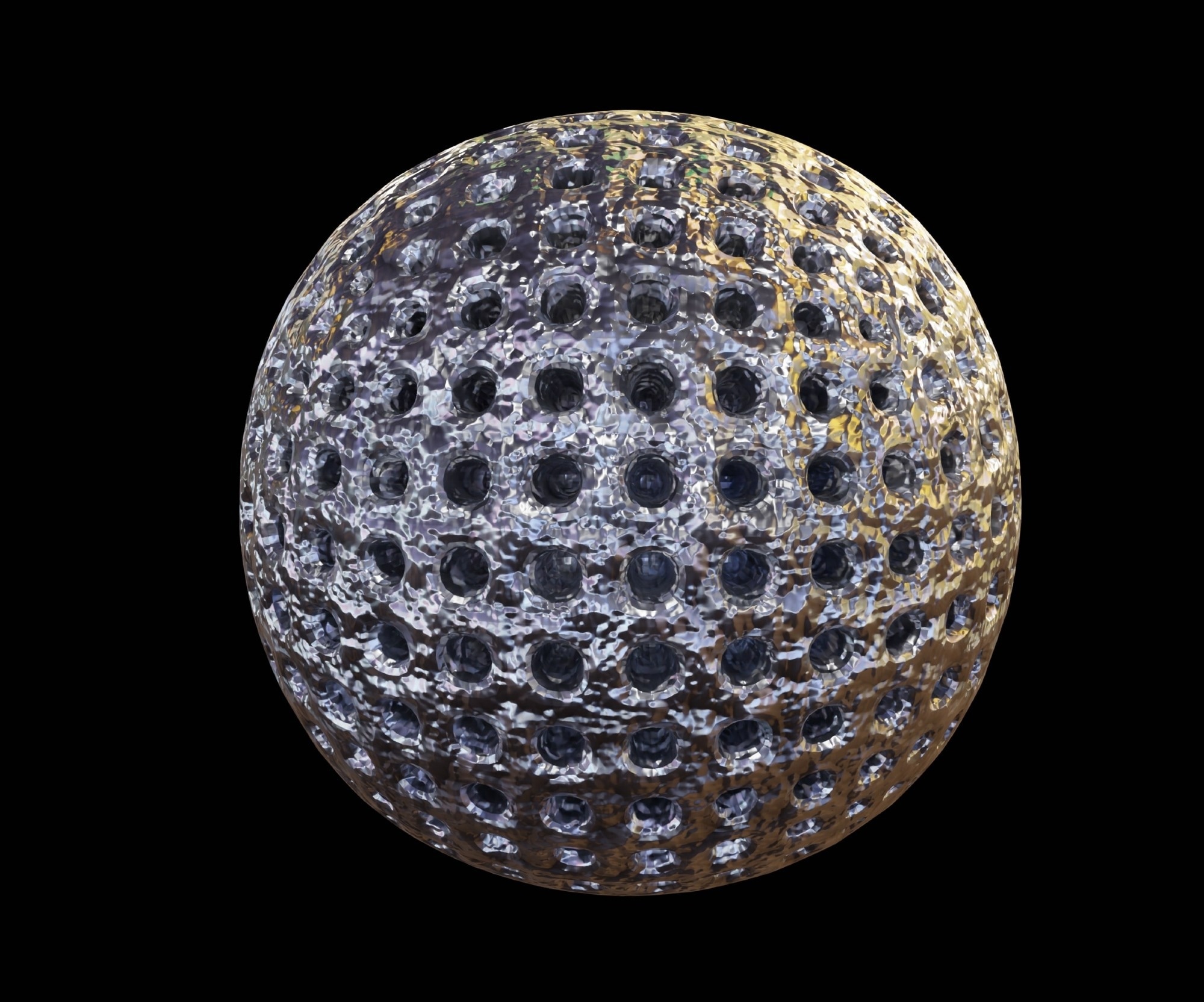In a recent article published in Scientific Reports, researchers presented a comprehensive study on the synthesis and characterization of carbon quantum dots (CQDs) derived from almond resin, emphasizing their potential applications in biomedical fields, particularly in theranostics.

Image Credit: Love Employee/Shutterstock.com
The study highlights the growing interest in CQDs, which is attributable to their unique optical properties, biocompatibility, and ease of functionalization. The researchers aimed to explore the synthesis process, analyze the properties of the resulting CQDs, and evaluate their effectiveness in cellular imaging and other biomedical applications.
Background
Carbon quantum dots are nanometer-sized carbon-based materials that exhibit remarkable photoluminescence. Their small size, typically ranging from 1 to 10 nanometers, enables effective interaction with biological systems, making them suitable for applications in bioimaging and drug delivery.
Two primary methods for synthesizing CQDs exist: top-down and bottom-up techniques. The top-down approach involves breaking down larger carbon sources into nanosized particles, while the bottom-up method focuses on building CQDs from molecular precursors.
Natural precursors, such as almond resin, are particularly appealing due to their availability, non-toxicity, and environmentally friendly synthesis processes. This study builds on previous research that has demonstrated the potential of CQDs in various biomedical applications, including their use as fluorescent probes for cellular imaging and their ability to enhance drug delivery systems.
The Current Study
The synthesis of CQDs from almond resin was conducted using a green and sustainable approach, with pyrolysis as the primary method. This process involved heating the almond resin at high temperatures to facilitate CQD formation. The resulting CQDs were characterized using various techniques to evaluate their optical properties, morphology, and surface functional groups.
Absorption and fluorescence spectra were recorded with a Horiba Jobin-Yvon emission spectrometer, while scanning electron microscopy (SEM) and high-resolution transmission electron microscopy (HRTEM) were used to analyze the morphology of the CQDs. Fourier-transform infrared (FTIR) spectroscopy was employed to identify the functional groups on the CQD surface.
The study also evaluated the biocompatibility of the synthesized CQDs through in vivo toxicity tests using zebrafish embryos, assessing their survival rates and heart rates after exposure to the CQDs.
Results and Discussion
The synthesized CQDs exhibited a particle size of approximately 2 nm, as confirmed by transmission electron microscopy (TEM) images. The CQDs displayed a crystalline morphology with distinct fringes, indicating the presence of graphitic carbon structures.
Optical characterization revealed strong fluorescence properties, with a notable blue shift observed in the UV/Vis spectrum, correlating with the decrease in particle size. FTIR analysis identified various functional groups on the surface of the CQDs, including alcohols, esters, and amines, which are important for enhancing solubility and biocompatibility.
The in vivo toxicity assessment using zebrafish embryos demonstrated that the CQDs were well-tolerated, with no significant adverse effects on survival or heart rates. This finding suggests that these CQDs may be safe and effective for biomedical applications. The study also noted the benefits of using almond resin as a precursor for CQD synthesis, as it provides a sustainable and non-toxic alternative to traditional methods.
The results indicate that the synthesized CQDs could be viable candidates for bioimaging and drug delivery due to their favorable optical properties and biocompatibility. Furthermore, the research explores the implications of these findings in the context of current trends in nanotechnology and biomedical research. Producing CQDs from natural sources aligns with the growing focus on green chemistry and sustainable practices in material synthesis.
The study highlights the need for further exploration of CQD functionalization to enhance their targeting capabilities and therapeutic efficacy in clinical applications.
Conclusion
The study demonstrates the synthesis of CQDs from almond resin using a green and sustainable method. The resulting CQDs display strong optical properties, biocompatibility, and an appropriate size for biomedical applications. The findings indicate the potential of these CQDs for use in bioimaging and drug delivery, contributing to advancements in theranostics.
The research highlights the significance of utilizing natural precursors in the synthesis of nanomaterials, promoting environmentally friendly practices in nanotechnology. Future studies should focus on optimizing the functionalization of CQDs to enhance their performance in targeted therapies and explore their applications in various biomedical fields.
This research lays the groundwork for developing innovative and sustainable materials that could positively influence medical diagnostics and treatment.
Journal Reference
Praseetha PK., et al. (2024). Green synthesis of highly fluorescent carbon quantum dots from almond resin for advanced theranostics in biomedical applications. Scientific Reports. DOI: 10.1038/s41598-024-75333-0, https://www.nature.com/articles/s41598-024-75333-0